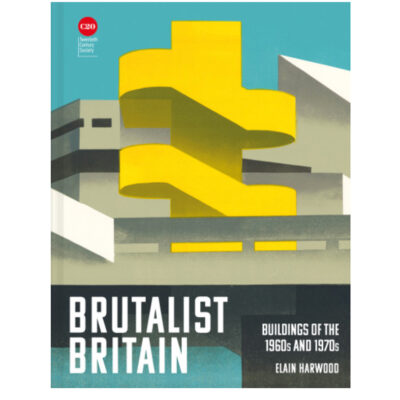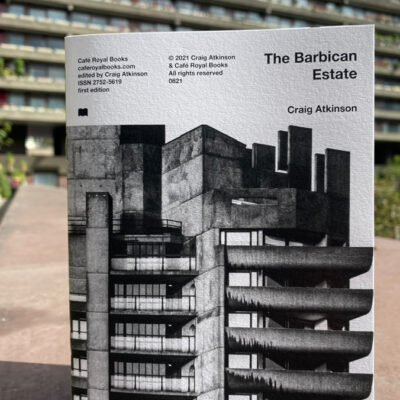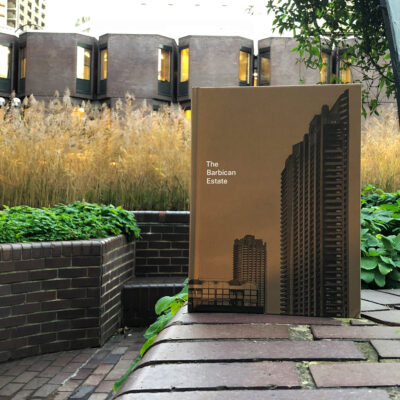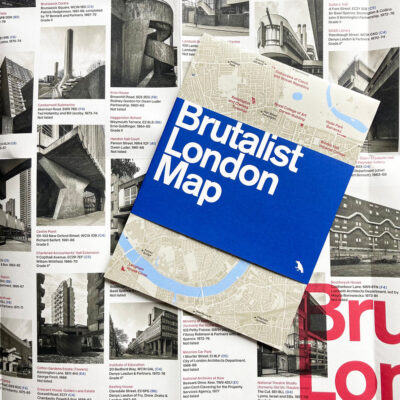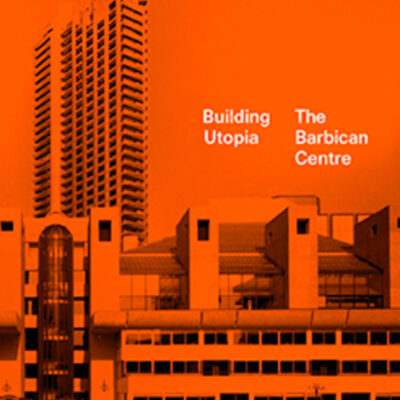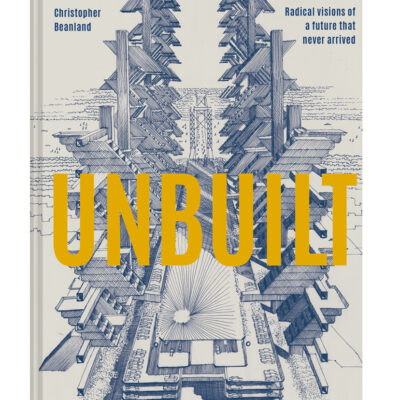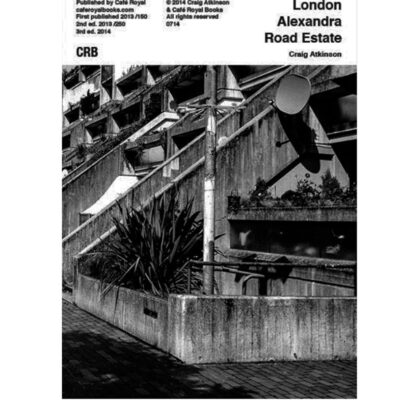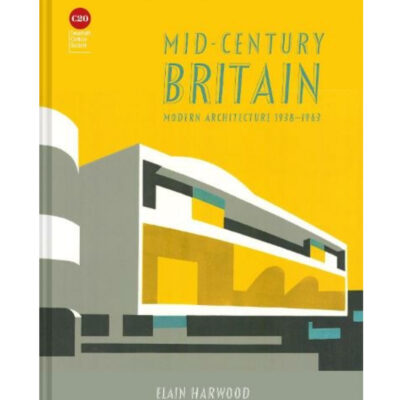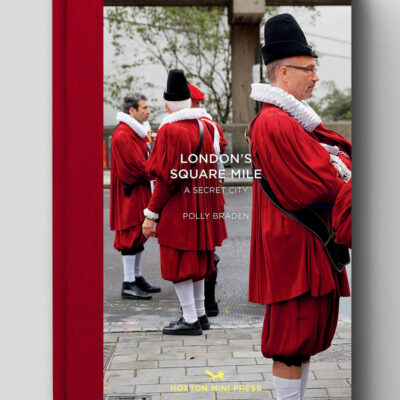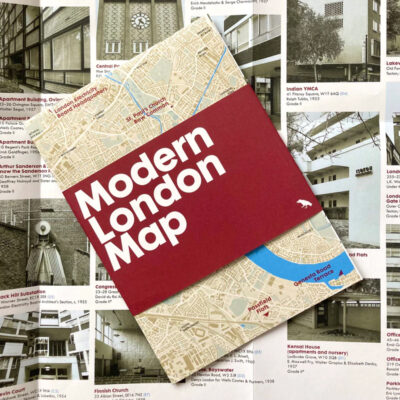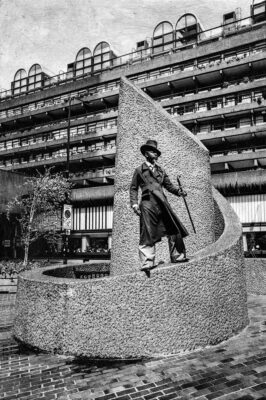London Wall West, the controversial development plan for the Barbican border, hasn’t gone away;
But neither has Barbican Quarter Action
A lot of voices were heard – but weren’t listened to – NEWS UPDATE.
On 17 April 2024, the City’s Planning Committee voted in favour of the City’s application for planning consent but Michael Gove issued an Article 31 Holding Directive so that while the Planning Committee could vote in favour of granting the City of London (yes, we know) the Holding Directive froze the process. However the Secretary of State for Housing and Communities didn’t “call in” the application, there will be no scrutiny. Instead the Holding Directive was lifted. This is, of course, not the end of the Barbican Quarter Action campaign.
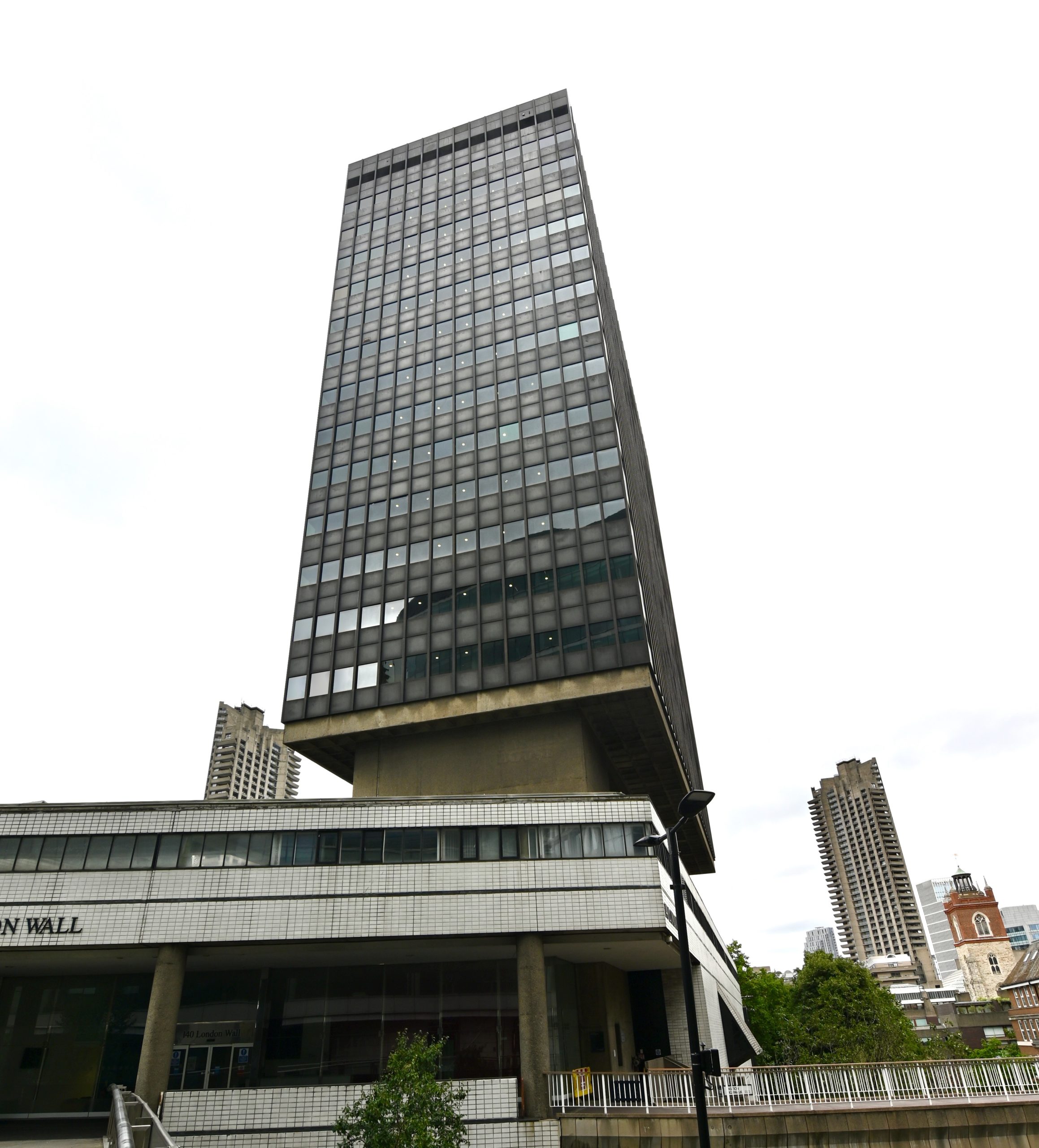
Bastion House, so reminiscent of the revered Seagram Building in New York by Mies van der Rohe, is still set to be demolished along with the white-tiled Museum of London and the rotunda in the junction of London Wall at Aldersgate Street. If the Corporation of London had its way, reflected in votes cast on April 17th 2024, the demolition could begin very soon. However, the Secretary of State, Michael Gove, intervened, issuing an Article 31 order
However, let’s not slip into any moments of complacency. Time doesn’t seem to be on the side of Bastion House and the former Museum of London building. The City of London Corporation, a local government authority tracing its history back more than 950 years, is in charge of the City of London, the ancient Roman city and now one of the world’s leading and most successful and prosperous financial centres. It has plans for a major redevelopment of what it has called London Wall West. The plans indicate that we could soon find ourselves in the shadow of three overbearing office blocks between five and seventeen storeys with a range of ‘public realm’ improvements.
The C20 Society urged Michael Gove ‘to call-in the application and fully review it at a Public Inquiry’. He didn’t.
Reaction
Barbican Quarter Action issued the following statement in response to the latest developments:
The Secretary of State has lifted the holding direction on London wall west paving the way for the city to issue its planning permission for redevelopment. The decision by Michael Gove, while disappointing for the future of the London wall west site, has ramifications beyond the Square Mile.
Just a few weeks ago the high court ruled that the country’s net-zero strategy is in breach of the law, in a fresh legal blow to the government’s efforts in addressing the climate crisis. The London Wall West scheme is in breach of local, London and national policy. The decision now enables the demolition of two significant post-war heritage assets and damage to many listed assets that will be dwarfed by the bloated and bulbous buildings being proposed.
Developers wanted to retain and retrofit the existing buildings by Powell & Moya but their credible offers were ignored. This was and remains an opportunity for the City of London corporation and the UK government to lead the way and demonstrate a commitment to tackling the climate emergency. Barbican Quarter Action believes that the fight does not stop here. We will use all remaining avenues available to halt this shameless, rapacious scheme. Watch this space!
Retain, Reuse and Retrofit
Objecting to the Corporation’s plans is Barbican Quarter, a group of locals, lovers of the Barbican who aren’t, they say, opposed to redevelopment, just these plans. The Barbican Quarter’s argument is to retain, reuse and retrofit the site, and they have the backing of the Twentieth Century Society taking up the challenge to save these buildings.
“Once demolished there is no turning back, a unique creation is lost for ever. Whilst some of these buildings (on the C20 Risk List) may need imaginative renewal, all are capable of inspiring and energising new uses. We need to make sure that none of these opportunities are missed. All ten of the 2023 buildings deserve to survive to make our lives richer and more interesting, the positive benefits of keeping them are immeasurable.”
Catherine Croft, director of the 20th Century Society
The City’s plans for 750,000 square feet of new office space release (according to the Barbican Quarter’s studies) a massive 45,000 tonnes of CO2 by the demolition of the existing buildings, and worst of all, this action doesn’t need to be approved for the City to begin to swing its wrecking ball. The remaining tenants of Bastion had their marching orders at the end of March 2023, and by the Autumn, the Certificate of Immunity expired. The City, which declared that it couldn’t find the original plans last year, disputes the objectors’ assessment of the carbon price to be paid by demolition and relies on its own Whole Life Carbon Assessment.
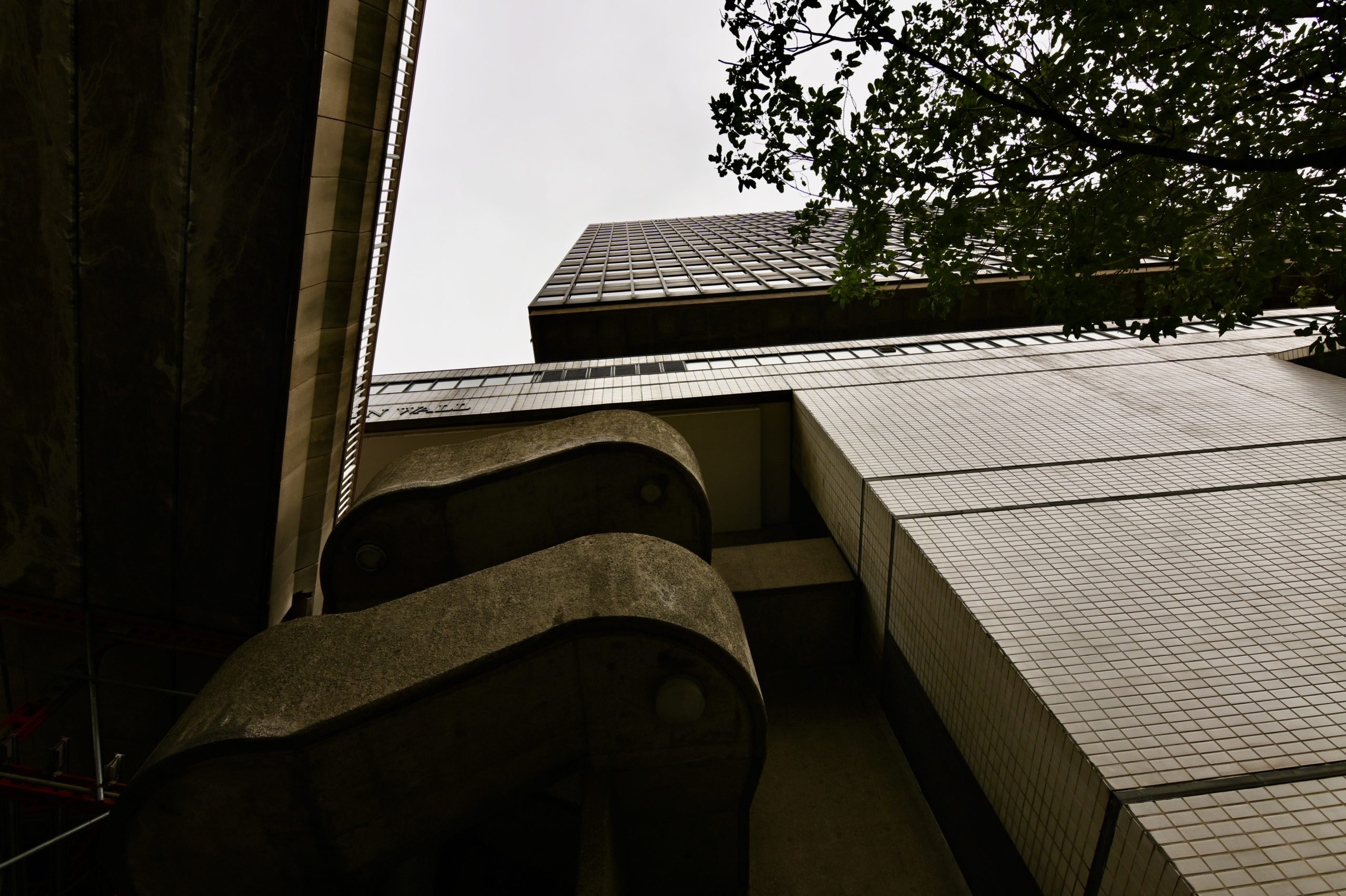
What’s hard to understand is the thinking behind the whole project – how could it possibly bring added value to the neighbourhood? A few years ago a world-class music centre was on the cards for the Museum of London site. The original plan was that the Corporation would invest £288m in the project intended to add substance and kudos to its “Cultural Mile”. Part of that vision involved the Museum of London’s move to the Smithfield market, which is still going ahead. However, the post-pandemic landscape and a worldwide financial dip derailed plans for the new concert and music venue; the Corporation changed direction and decided it needed London Wall West, a massive commercial development. Take a look at the City’s plans to get a flavour of this vision of commercial paradise.
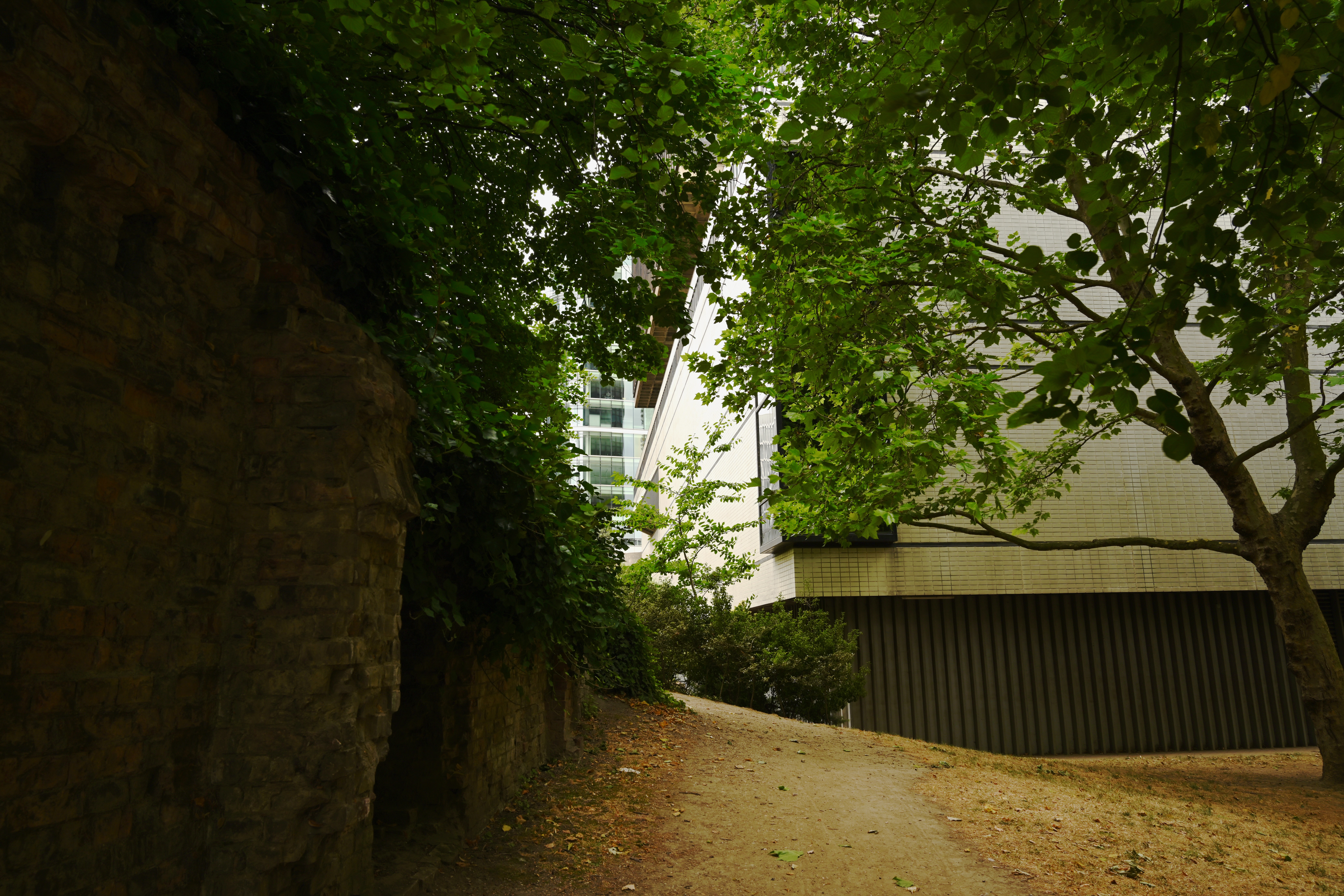
MoL from adjacent to Barber Surgeons Hall, a patch of ground, which, according to some pagans, has never ever been built upon.
Architecture critic Rowan Moore wrote ‘The Museum of London: a fundamental clash as the City of London dreams on’ contrasting the objectors’ view that the cost in terms of lost architecture and release of CO2 should be to ‘retain, reuse and retrofit’ rather than to demolish and build what, in the eyes of the objectors, are office buildings that hark back to the old office culture, a utility that no longer exists.
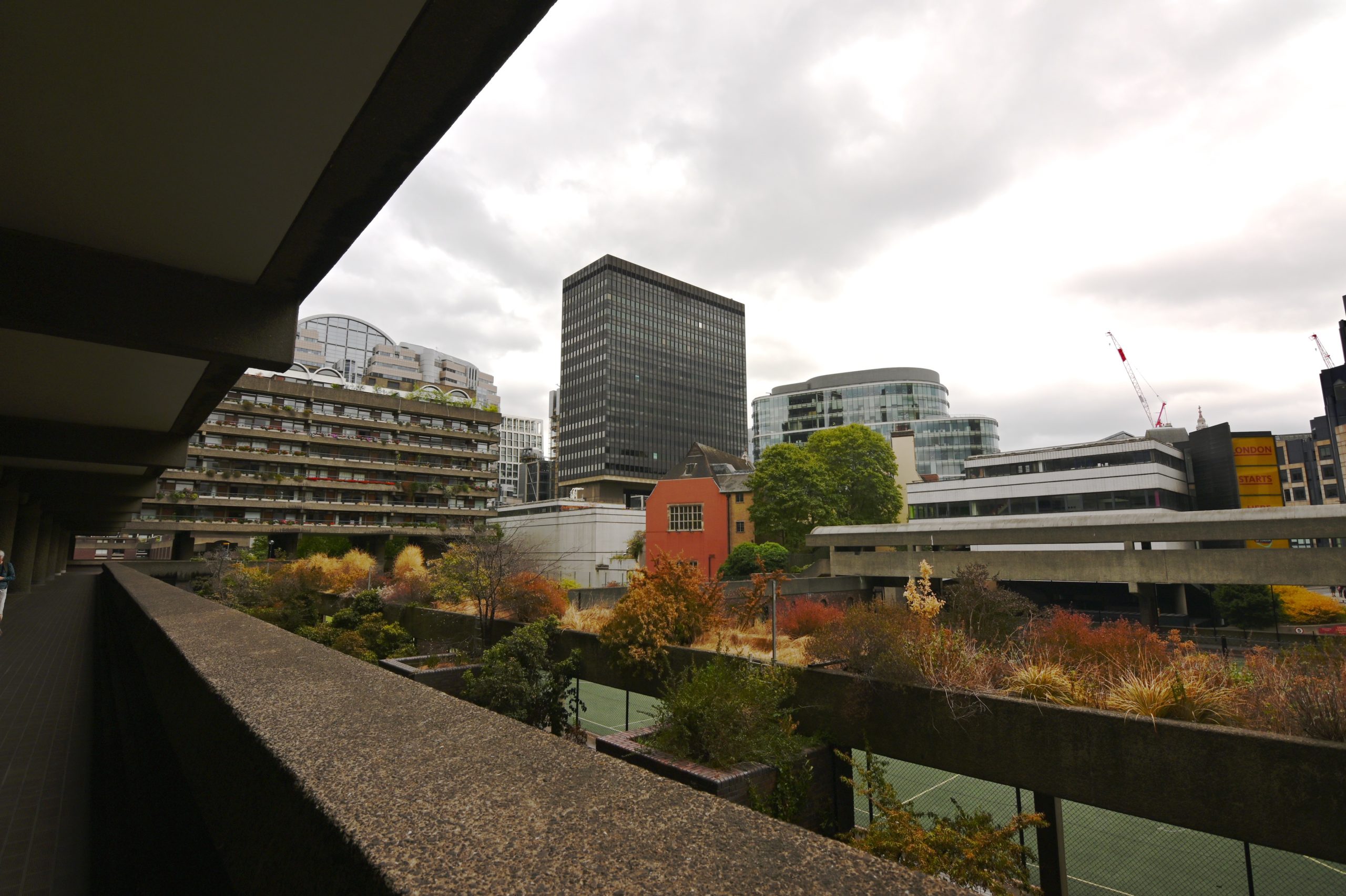
Bastion House from the Barbican Highwalk
There are always people who object, and it’s not unreasonable to figure that a good number of the people who might be troubled by the Corporation’s plans are the residents of Mountjoy House and Thomas Moore House, the blocks of the Barbican nearest to the site of Bastion House and the Museum of London. That people facing years of noise and disturbance are concerned doesn’t make those concerns illegitimate, and the Corporation certainly hasn’t made that argument. Barbican Quarter has focused its objections on the need for very large office blocks and the carbon cost of demolishing Bastion House and constructing new buildings.

Image JM Petroschka
Image JM Petroschka
It’s an accepted fact that offices are changing and are going to change more
Everything changed after the pandemic. We know that hybrid working isn’t going away; you don’t need studies to see that – simply walk around the City on a Friday afternoon. It’s an accepted fact that offices are changing and are going to change more. An office built along pre-pandemic lines may be a costly white elephant. Few people live in the City of London, just over 8000, businesses and workers have to choose to commute to the City. Shouldn’t the Corporation, striving to keep the City relevant, be creating tomorrow’s office?
We must never forget that it was the venerable Corporation of London that was responsible for the building of the Barbican, a bold and modern design that has become a glorious globally-known icon. It’s a spirit and imagination that few institutions could match, and in ensuring that the City of London and the environs of the wonderful Barbican remain a centre where people and businesses want to be, those same animating characteristics are needed as much as ever.






